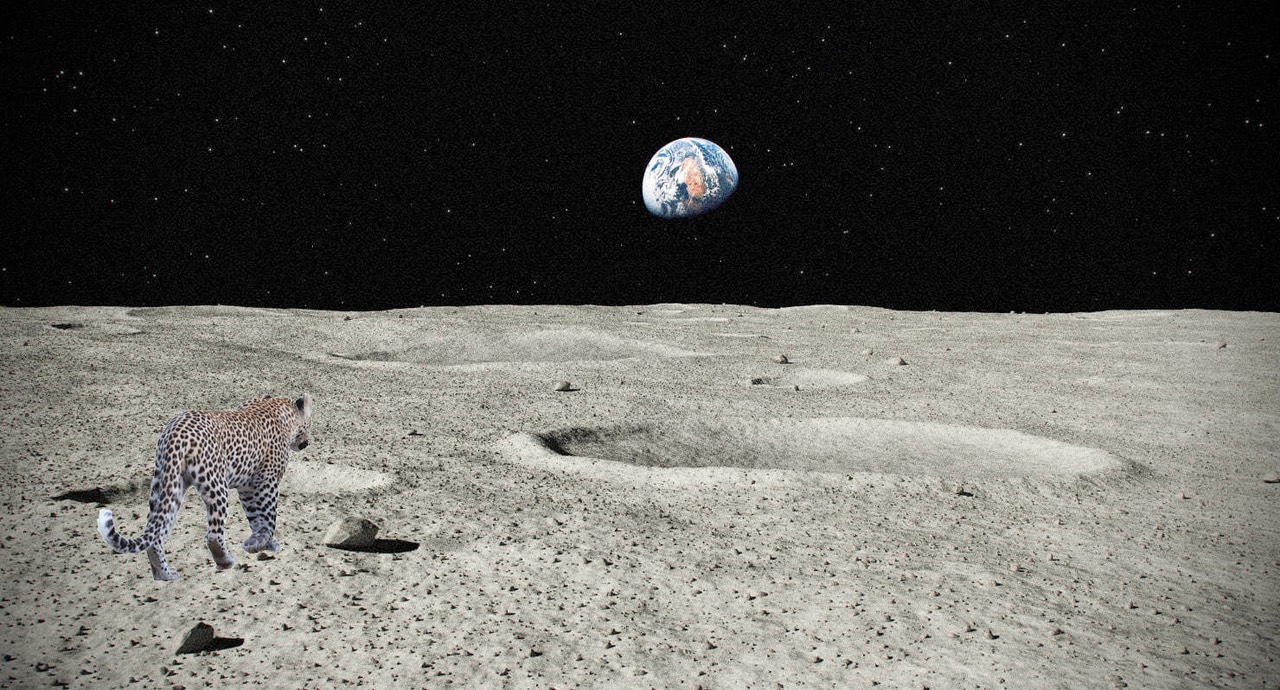AI—all variants of artificial intelligence—is a hot topic this year, and will likely remain one as new tools show up that allow you to do new things (and better). A lot has been written about how AI will change (or even kill) photography, and even the Copyright Office here in the US has stepped in and provided an opinion (“not Copyrightable”).
Most of what’s been written, though, is knee-jerk and overstated. Moreover, nuance seems to escape most articles on the subject.
First, we have to make a difference between training (ML, or machine learning) and full regeneration (regenerative AI).
ML is being used in quite a few ways in photo processing, and has been for some time. A product such as Topaz DeNoise AI uses ML training to detect noise and noise patterns, and tries to replace those “bad” pixels with something that more likely would be the original data if not noise-infused. Topaz Sharpen AI does basically the same thing, but is using that ML approach to detect and correct edges. The way I look at these products is that if they’re doing basically the same thing that would have happened had I had a “better camera/lens,” then I’m perfectly comfortable using them.
On the other hand, Adobe’s Regenerative AI and the other AI Imagers that have appeared lately start to do things that wouldn’t have happened in front of the camera (put a cat on the moon):

The above image has a lot of “artificial” manipulation to it that has no context in reality. It was created manually, not with a regenerative AI program for a reason. It illustrates a point I’ll try to make (and defend).
AI images that are coming from the chat-type AI engines are similar to what a painter does: start with a blank canvas and then add things. In the above image, there are four basic “painted” elements: lunar surface, star field, earth, and leopard. Right now, a lot of the word-to-image AI engines are the “painter,” and you have little choice about what they generate. It’s the equivalent of you commissioning a painting rather than painting it yourself, as I did above.
Here’s what DALL-E came up with (“a leopard walking on the moon’s surface, with the earth in the background”):
The leopard’s too big and missing part of its face, the earth’s too big, the stars are all over the place in color and shape, and apparently the moon is not very big (given the rounded horizon). But with the proper variation adjustment tools in an AI engine (not DALL-E), I might be able to fix those things. However, the “painter” did accomplish my basic commission.
But again, the difference I see in things called AI these days is clearly between:
a. Using ML to try to get the details correct as they were (likely) in the scene.
versus
b. Using AI to dab various elements onto a blank or partly painted canvas as the “artist” desires.
“Photography", therefore is going through a similar period of experimentation as painting once did. Western painting went from mostly realism approaches to romanticism, expressionism, impressionism, symbolism, cubism, and a whole host of other isms. Regenerative AI is going to do the same thing for photography. And we’ll argue about that much like the painters once did about the isms. Eventually, museums will have displays illustrating the change(s). (For what it’s worth, many museums already illustrate the difference between black and white photography and color, and between film and digital, et.al., so this is nothing new.)
I can come to this conclusion because I never believed in the notion that “photography captures reality.” Instead, I believe that a photographer makes hundreds of personal decisions about how to capture the reality that they (think they) see. There’s a big difference between those two things, and if you buy into the “photography captures reality” construct, you’re going to have a very difficult time with photography in the future. Heck, if you look closely enough at your smartphone, you’ll decide that it isn’t doing “photography" even today.
“Photographers” have no troubles arguing about gear. Moreover, the current trend is also to argue that cameras should be highly automated. But those same folk seem to have real fear over arguing about what a photograph actually is.
/Shields up